The Oslofjord is home to 40% of the Norwegian population, yet its eruptive volcanic history may be surprising to most of its residents.
Have you ever pondered about the geological history of the long and mountainous valley that is the Oslofjord?
You may be surprised that there was in fact active volcanism around Oslo and that, at one point in time, this would have been the last place on Earth anyone would live.

A time before the Oslofjord
First, let’s go 450 million years into the past, before even dinosaurs roamed the Earth.
The continents at this time would not have been recognizable to us. This is because they were arranged into one massive supercontinent called Pangea.
A Himalaya-like mountain chain called the Caledonides connected Norway and Greenland, and compressed what is now the Oslofjord.
Pangea connected the terrestrial landmasses for 160 million years, but forces at depth were constantly attempting to rip the supercontinent to pieces.
How a continent is split in two
Extremely slow-creeping rock makes up the Earth’s mantle, transporting heat from the core towards the surface in convection cells.
Mantle convection cells drive the movement of tectonic plates that make up the seafloor and the continents at the surface.
Where two mantle convection cells transport heat towards the surface in the same location, the crust begins to stretch apart and break along faults.
The resulting fault-bounded valleys are called rift valleys or grabens. The Oslofjord is one such graben that formed during the reign of Pangea.
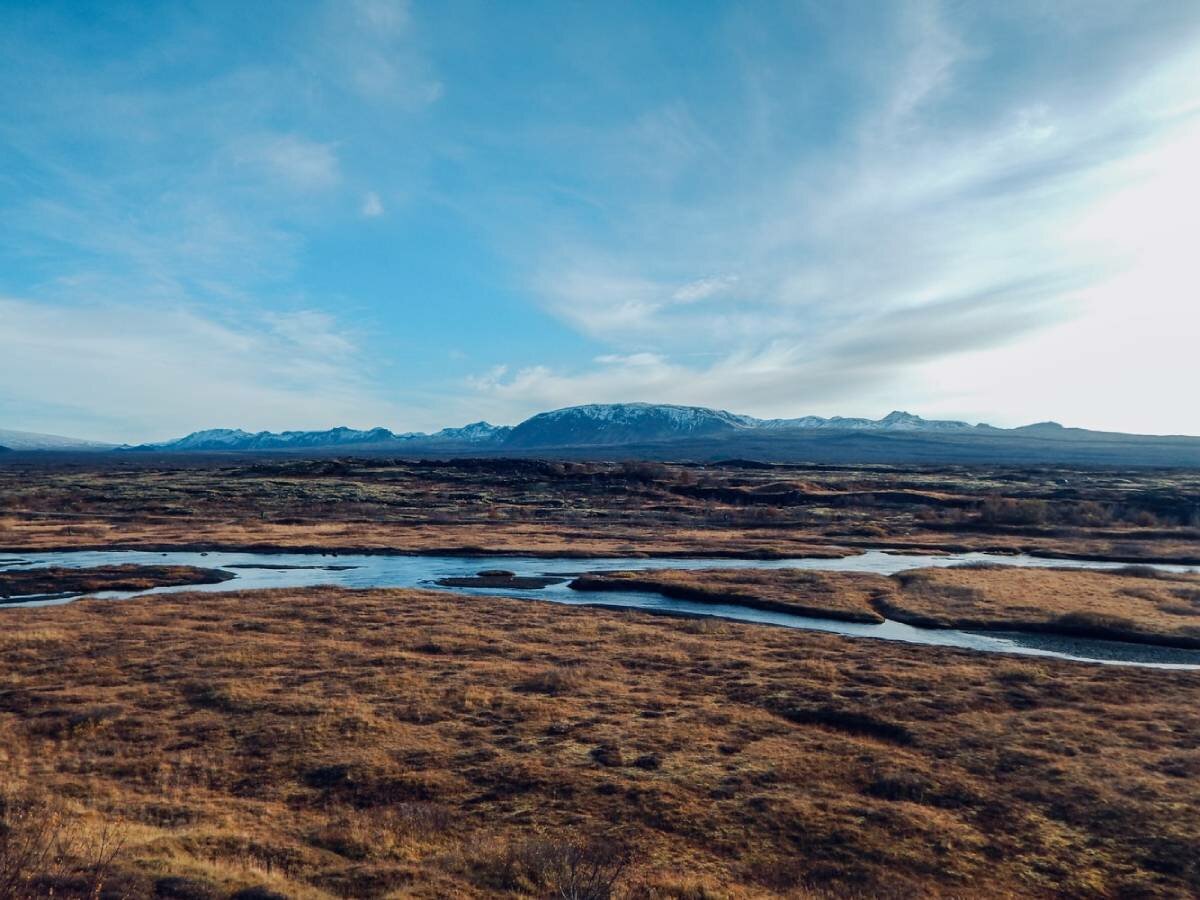
A rift valley is formed
Scientists distinguish six stages to the eruptive volcanic history of the Oslofjord starting 310 million years ago and lasting for 70 million years.
Faulting of the crust accompanied the first stage of rifting. At this point, a shallow freshwater lake with plants, fish, and mussels filled the valley floor.
Volcanism began in the second stage as magma rose along deep-seated faults and erupted at the surface as dark basaltic lavas.
These lavas are similar to what is so characteristic on the islands of Hawaii today.

Magma pooled below the surface
Around 290-280 million years ago, the Oslo rift valley significantly transformed during the third stage of rifting.
Magma began to pool in massive underground chambers called batholiths.
The batholiths crystallized into rocks such as granite and some rare varieties that are unique to the region.

The formation of unique rocks
Distinct rock types formed in the batholiths, such as larvikite along the western arm of the Oslofjord. Larvikite has an eye-catching sheen due to its blue feldspar crystals.
Another distinct rock type to the Oslofjord is rhomb porphyries which is light pink and contains long white feldspar crystals.
Rhomb porphyry solidified a mixture of magma and crystals from the batholiths. The exact nature of their formation is still a mystery.
Many of the rock types in the Oslofjord are unique to the rifting event and occur in only a few other localities on Earth. You can easily visit them on many local hikes in the Oslo region.
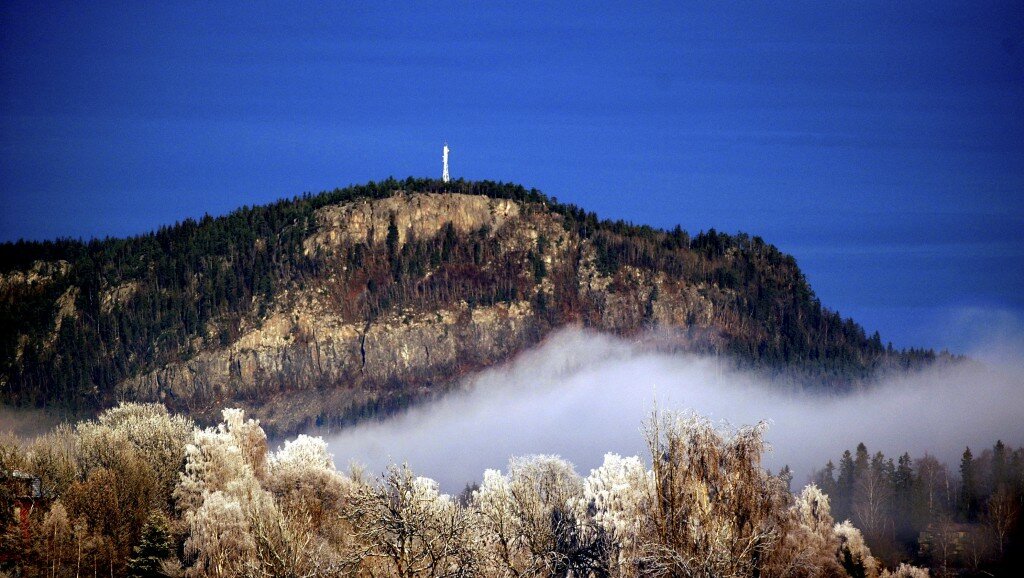
The final eruptive stages
The fourth and fifth stages of the rifting event occurred from 280-250 million years ago and were the most eruptive.
Volcanoes erupted along the rift valley, creating basaltic lavas and wide calderas that reshaped the region.
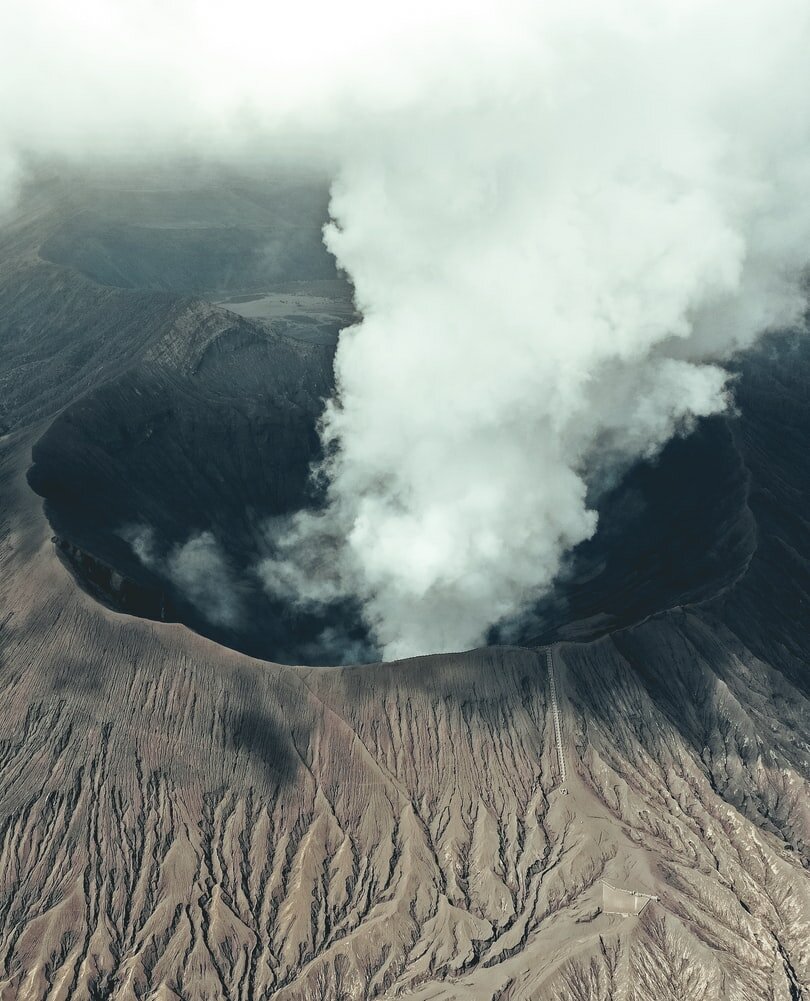
Smaller volumes of basaltic magma intruded the sediments at the bottom of the valley, leaving dark thin veins that cross-cut the sedimentary layers.
Consequently, the large amount of magmatic activity in the region heated the groundwater. This lead to hydrothermal alteration of the volcanic rocks and the concentration of heavy metals.
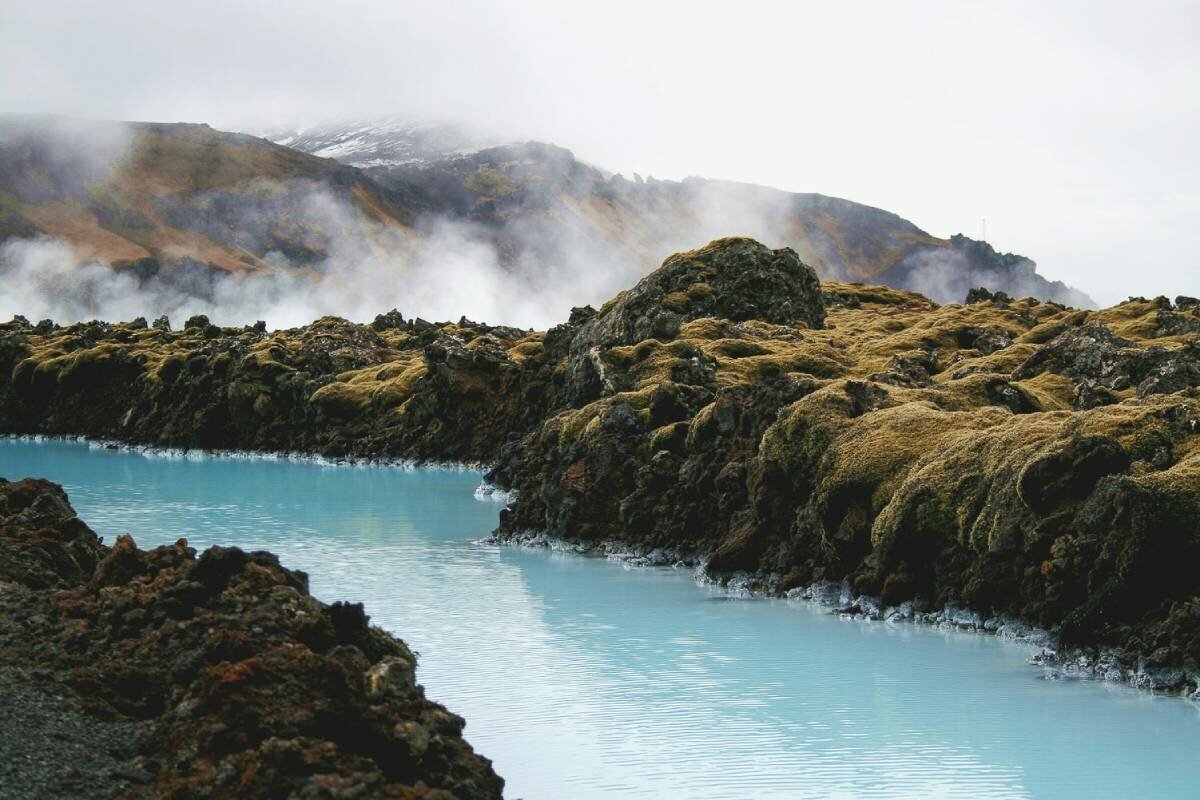
As the volcanic activity gradually subsided during the final stages, the last magma chambers crystallized and the valley slowly went dormant.
The Oslo rift is a failed rift valley because it did not succeed in creating a new ocean, such as the Atlantic ocean today. However, 70 million years of rifting and volcanism had left their mark.
Remnants of an eruptive past
By about 240 million years ago most of the rifting and volcanism in the Oslo graben had ended.
Since then, erosion by glaciers has removed the volcanoes and most of their lava flows, exposing the unique rocks of the batholiths beneath.
Their exposure gives geologists the rare chance to study the underground plumbing system of a volcanic rift zone.
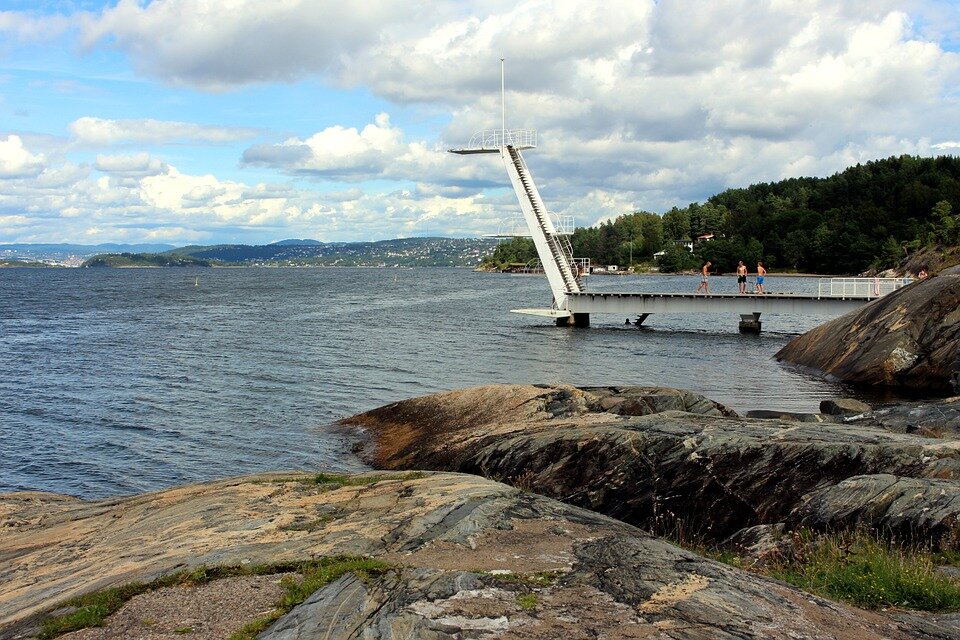
Many of these rocks are now sources of copper, iron, lead, silver, and zinc that accumulated due to the hydrothermal alteration.
What’s more, the Oslofjord is still bounded by deep-seated faults that originally formed during the rift.
Geologists believe there is a possibility that these faults can move and cause low magnitude earthquakes in the region around Norway’s capital.
The eruptive volcanic history of the Oslofjord, therefore, influences the region and its residents to this day.
Source: #Norway Today / #NorwayTodayNews
Do you have a news tip for Norway Today? We want to hear it. Get in touch at [email protected]

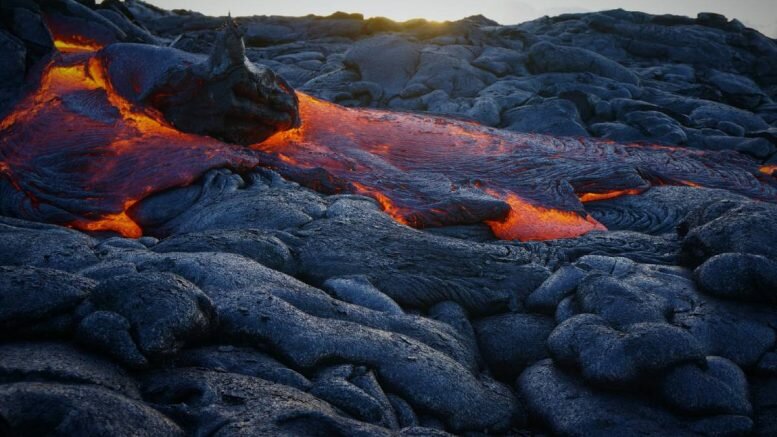
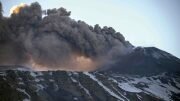
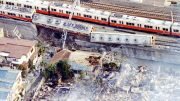

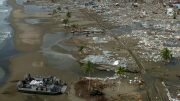
Be the first to comment on "The eruptive volcanic history of the Oslofjord may surprise you"